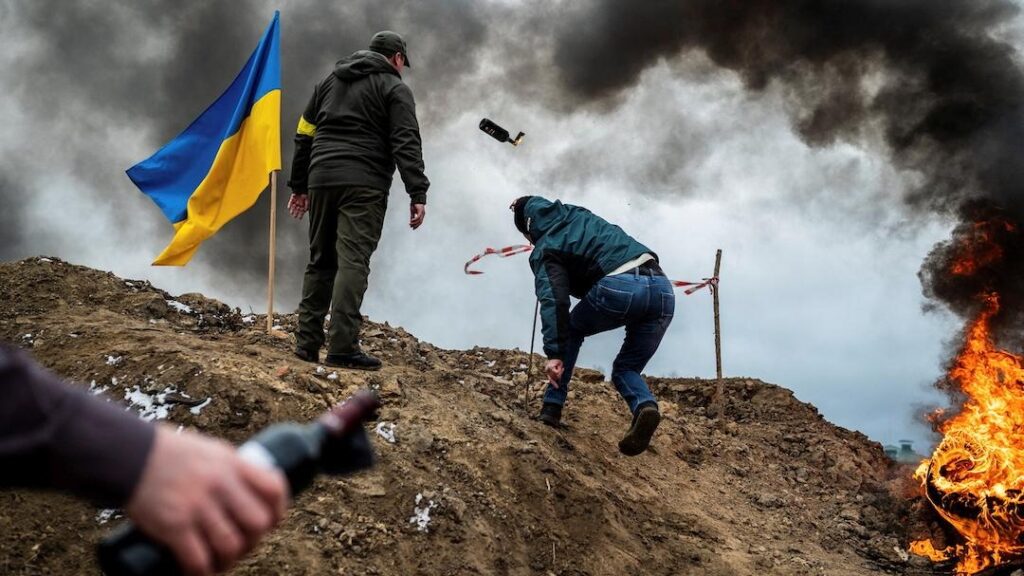News Desk, Kolkata : In a breaking development that has sent ripples across the globe, Iran and Pakistan have become embroiled in a series of retaliatory missile and drone strikes. This escalation of tense relations was triggered by an attack from the militant group Jaish al Adl in Iran, leading to Iranian strikes against targets in Pakistan’s Balochistan province. Despite the ongoing conflict, both nations have expressed a commitment to de-escalation, with China stepping forward as a potential mediator.
The Catalyst of Conflict
The Shia-Sunni divide, along with a myriad of regional and international issues, has strained the relationship between Iran and Pakistan. However, the recent flare-up has its roots in the activities of Jaish al Adl, a terror group that Iran alleges to have targeted in its strikes in Pakistan. The two nations’ actions in self-defense have met with understanding from India, though it does not foresee a significant shift in regional dynamics as a result.
The Global Response
While the conflict unfolds, the international community watches closely. The United Nations and the United States have both voiced their concerns over the situation. The views of former Pakistani Foreign Minister Hina Rabbani Khar also provide valuable insight into the intricate situation at hand. This ongoing conflict, whilst contained between Iran and Pakistan for now, has the potential to reshape the geopolitical landscape of the region.
Mediation Efforts and Future Prospects
In the face of escalating tensions, China has offered to mediate between the two nations. The eagerness of both Iran and Pakistan to de-escalate the situation provides a glimmer of hope for peaceful resolution. However, the underlying issues that sparked this conflict still remain to be addressed. The world watches in anticipation as the story continues to unfold, bearing significant implications for regional stability and international relations.
In a high-stakes geopolitical drama, Iran and Pakistan find themselves entangled in a web of retaliatory strikes triggered by the menacing actions of Jaish al Adl. The Shia-Sunni divide, coupled with simmering regional tensions, has brought these nations to the brink. Amidst the chaos, China emerges as a beacon of hope, offering mediation in a bid to quell the storm.
As missiles and drones dance across borders, the world watches with bated breath. India lends a nod of understanding, acknowledging the complex dynamics at play. Yet, the global stage reverberates with concern, with the United Nations and the United States voicing unease over the escalating conflict.
Former Pakistani Foreign Minister Hina Rabbani Khar sheds light on the intricate tapestry of this strife, adding depth to the unfolding narrative. While the clash remains contained, the potential to reshape the geopolitical landscape looms large.
In a surprising twist, China steps into the spotlight as the mediator-in-chief, offering a glimmer of hope for peace. The eagerness of Iran and Pakistan to de-escalate sparks anticipation, though the underlying issues linger, casting a shadow over future prospects. The world holds its breath as this gripping saga continues, poised to leave an indelible mark on regional stability and international relations.
DISCLAIMER
Our news media denounces any form of bias and disapproves of sensationalism. The disseminated news is entirely educational and aimed at social awareness. Our media maintains absolute impartiality, adhering solely to the purpose of education and social consciousness.


